Tobe
Editor's Column "Craft Production Regions" VOL.4 AD
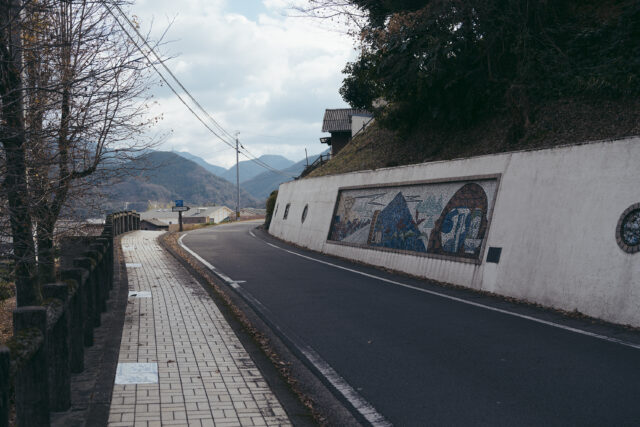

VOL.1-4
Update
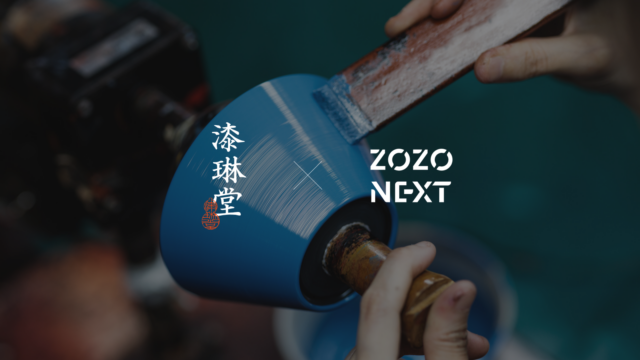
VOL.1-19
Update
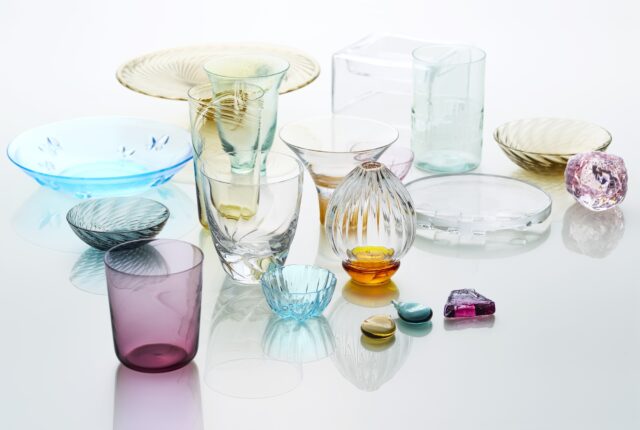
VOL.1-17
Update
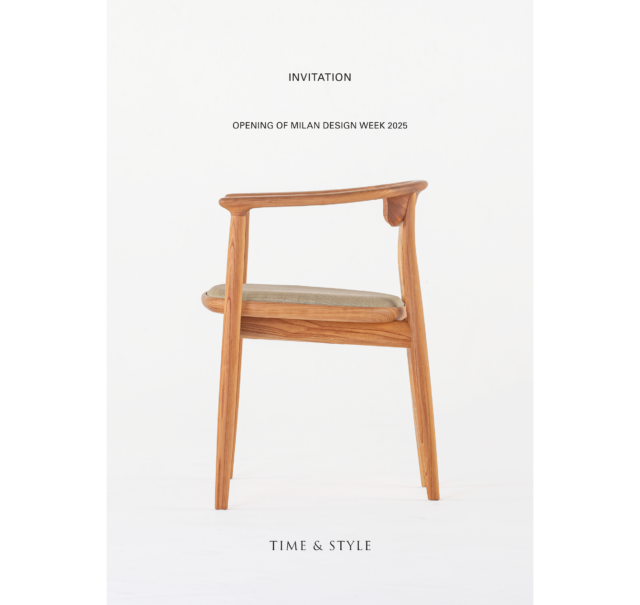
VOL.1-43
Update
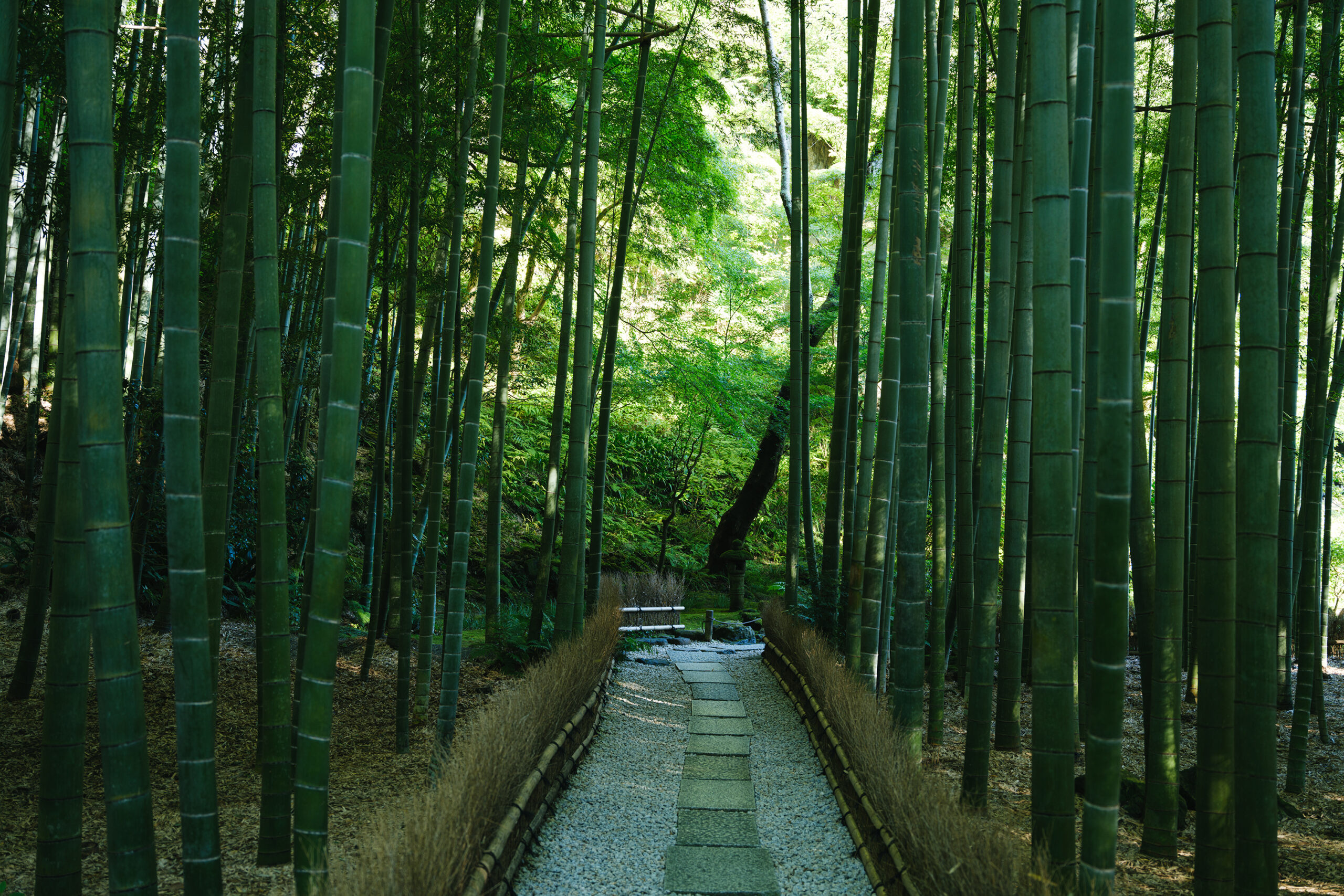
VOL.1-2
Update
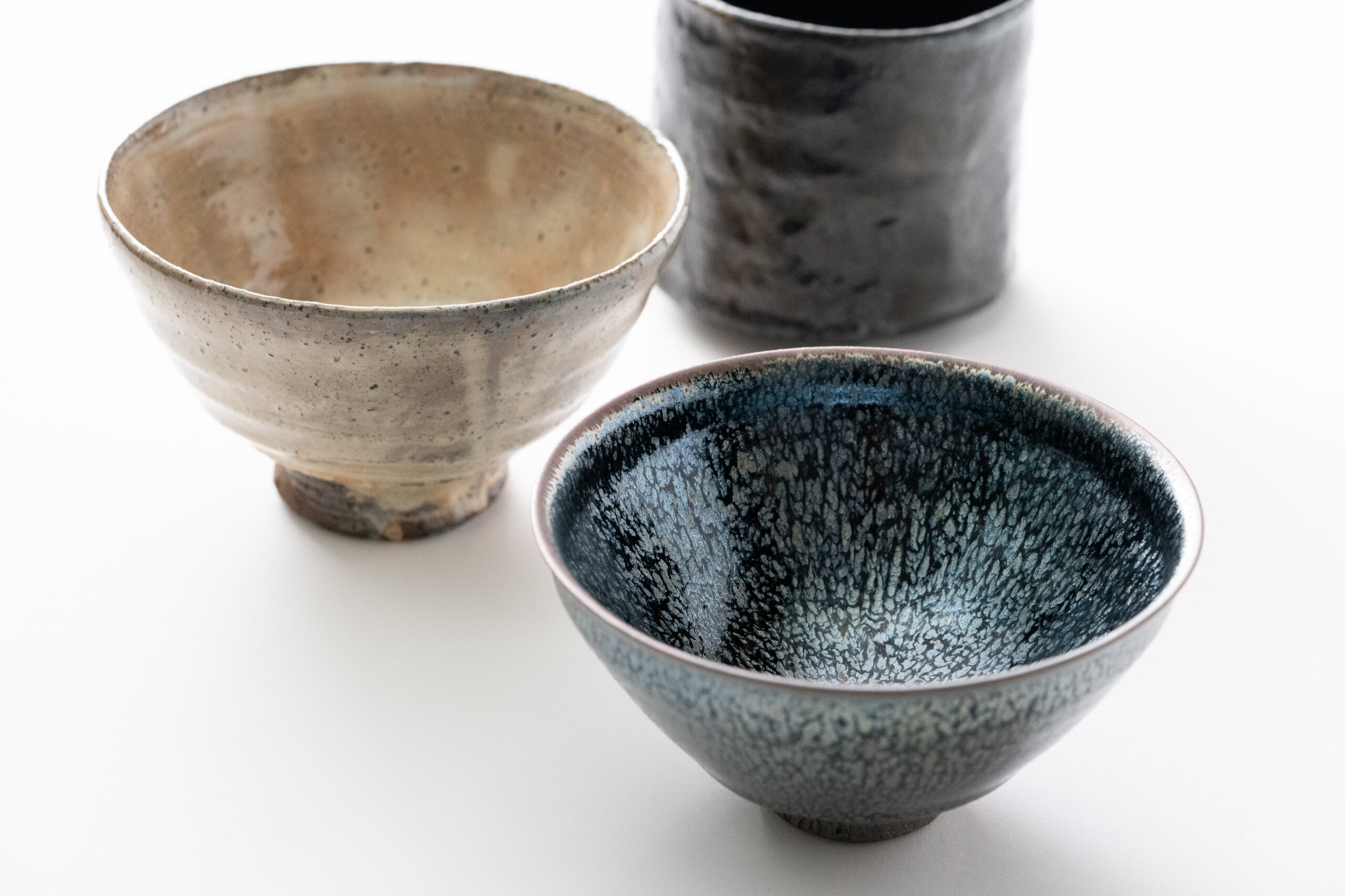
VOL.1-3
Update
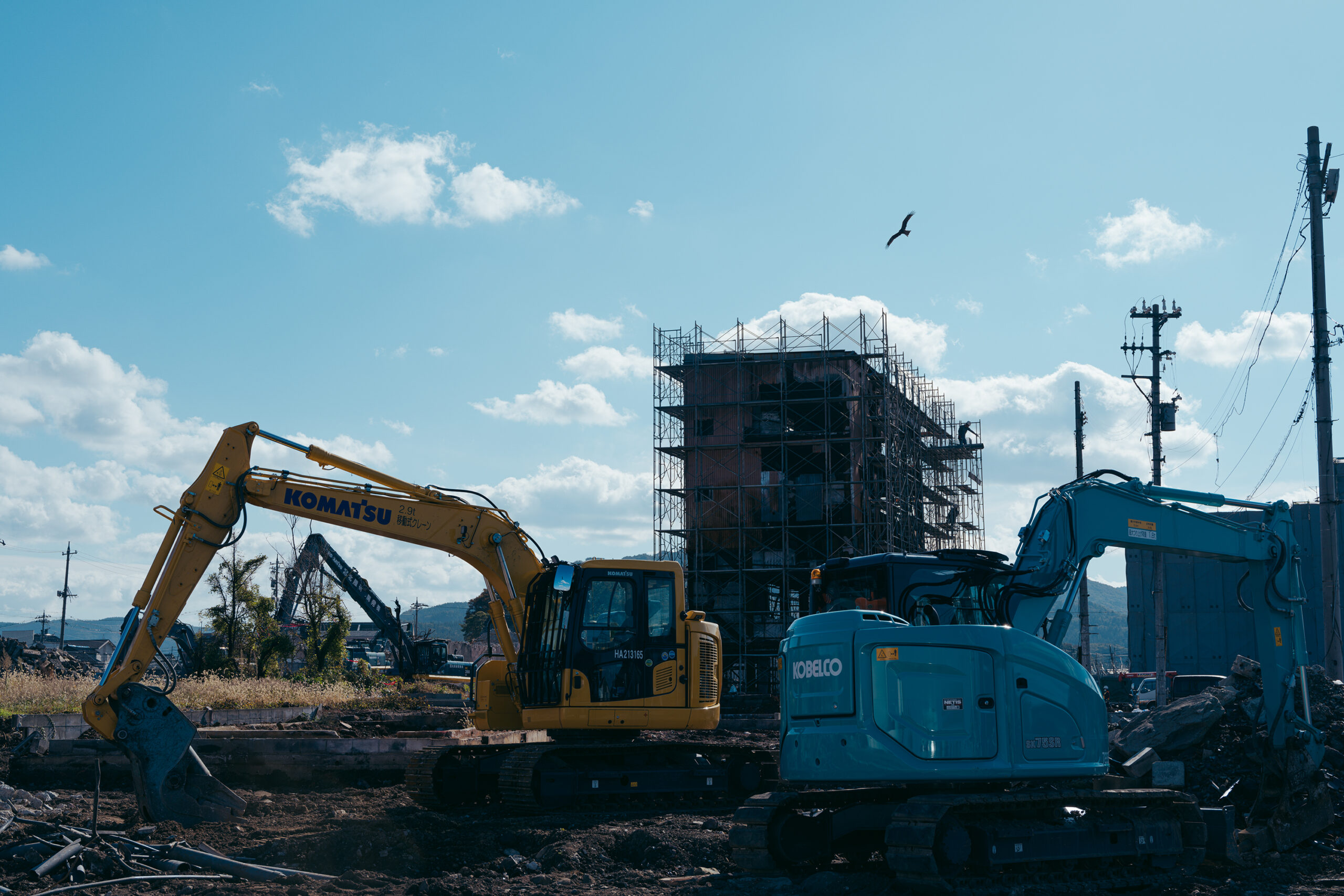
VOL.1
Update
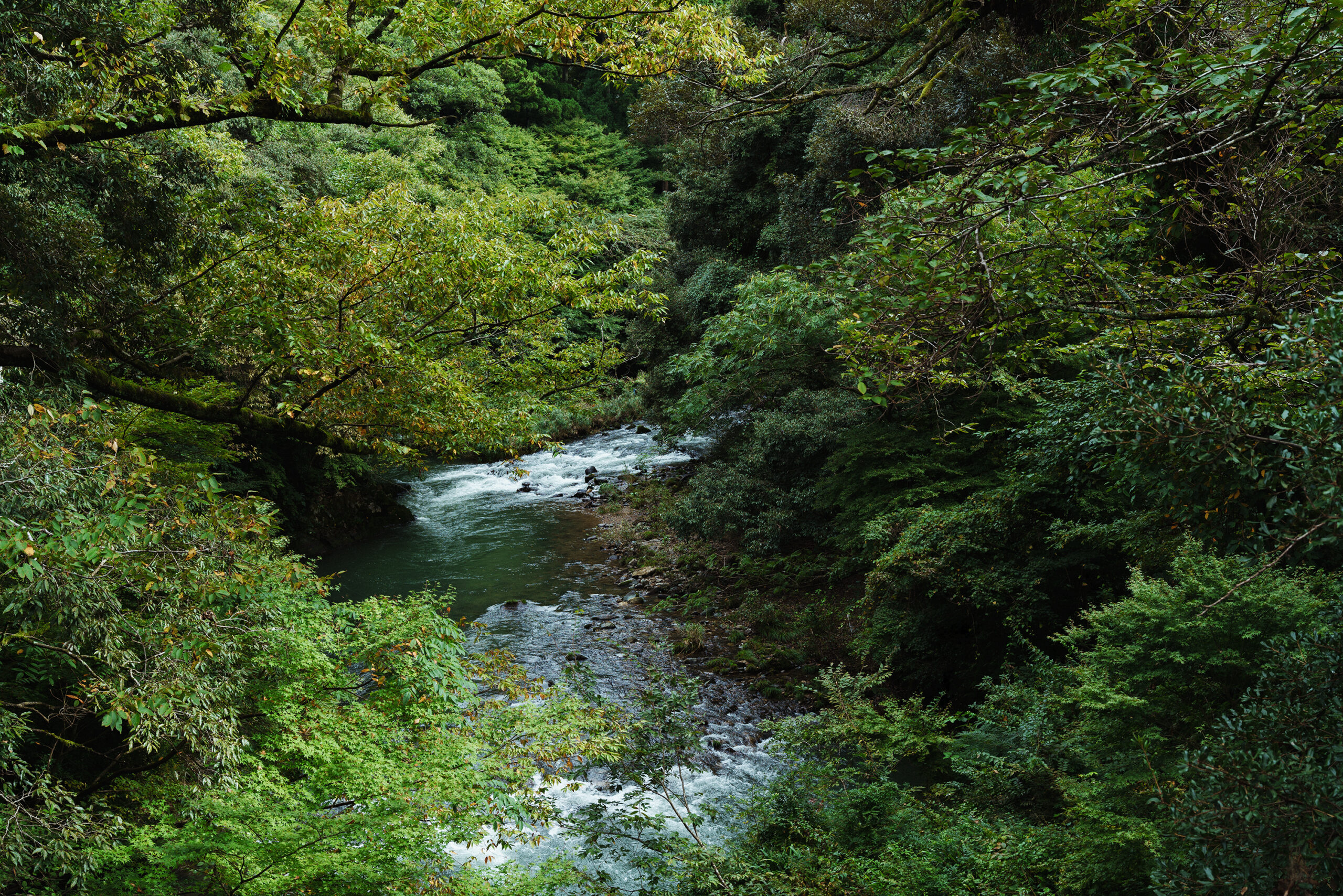
VOL.1-7
Update
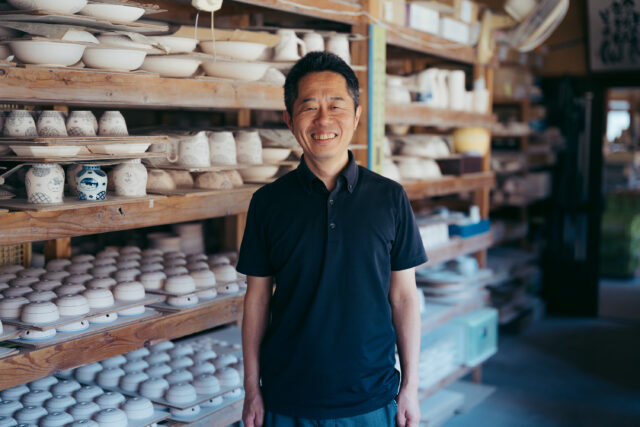
VOL.1-32
Update
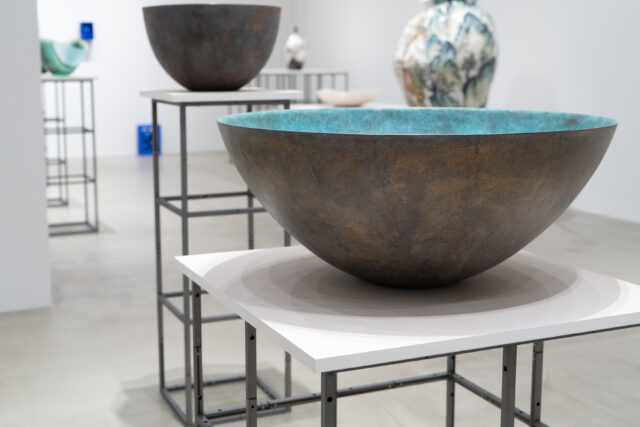
VOL.1-26
Update
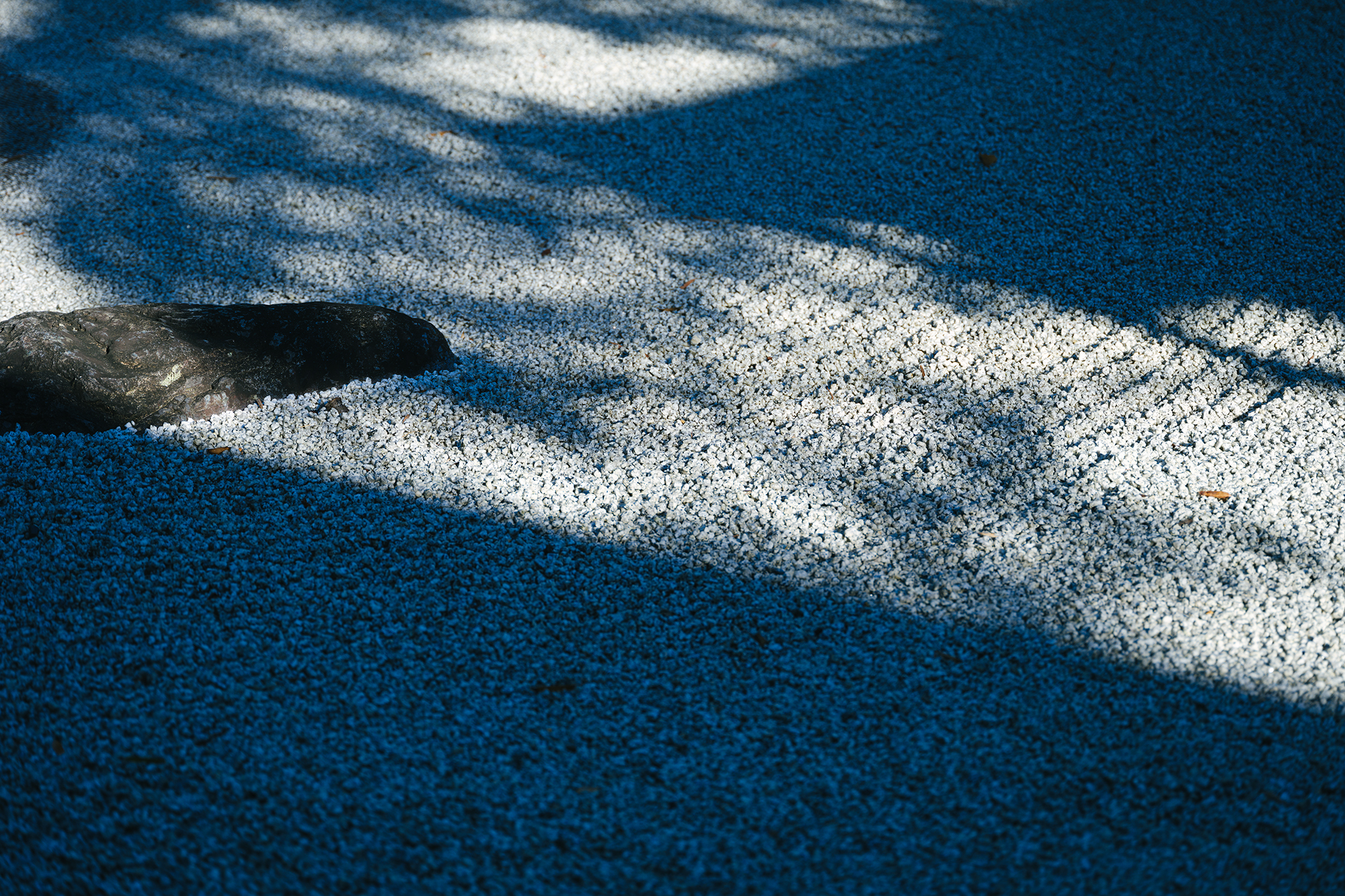
VOL.1-12
Update
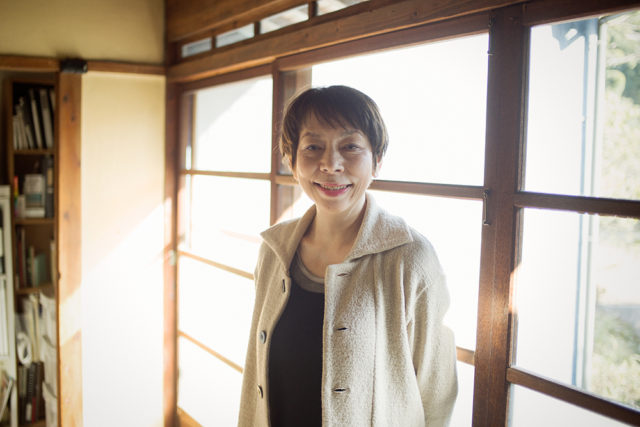
VOL.1
Update
We share a variety of information and perspectives on Japanese crafts, including exhibition information and interviews.
Editor's Column "Craft Production Regions" VOL.4 AD
KOGEI Topics VOL.19
New Products VOL.17
Featured Exhibitions & Events VOL.43
Apr 5 – Jun 22, 2025
SEIKADO BUNKO ART MUSEUM
Apr 19 – Nov 24, 2025
The Museum of Oriental Ceramics, Osaka
Kanagawa
Apr 19 – Apr 27, 2025
ink gallery
Tokyo
Apr 22 – Apr 27, 2025
KAKIDEN GALLERY
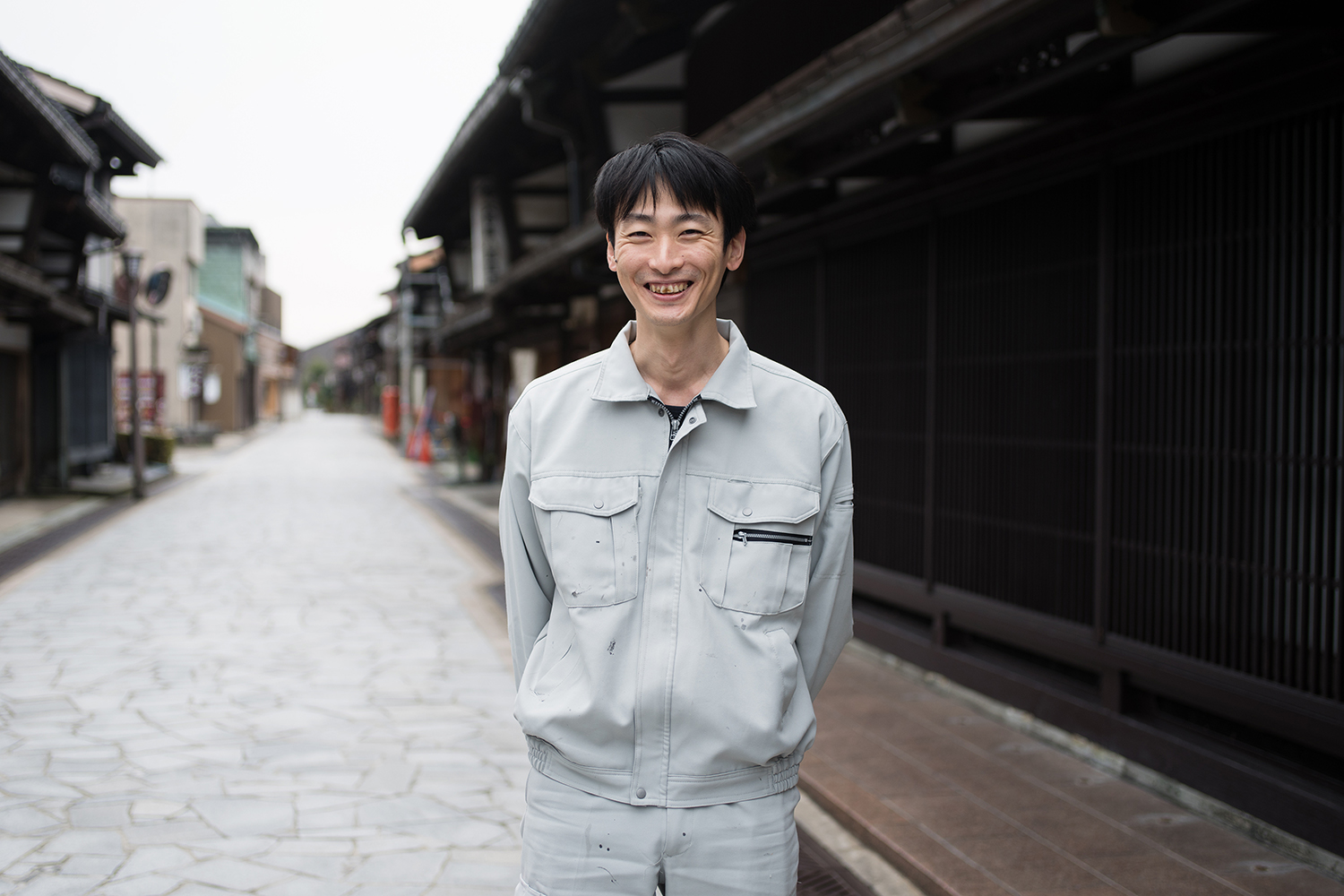
Mr. Nomura was born and raised in Toyama prefecture. When he moved and settled in Takaoka city, he frequently visited Takaoka Art Museum and that is when he discovered traditional craft works of Takaoka. He was especially attracted to lacquerware decorated with “raden” (mother-of-pearl inlay) and that attraction had made him thought about making it himself. Although his earlier career was far from craftwork, he joined Amano Shikki Co., Ltd. in 2010 and became an artisan of urushi-lacquer painting. Within the encouraging environment of the company that offers technical assistance to inexperienced employees, his talent and potential for handcrafted work bloomed. Mr. Nomura is mainly in charge of a production process called “kaimuki” which means “shell scraping”. This is one of many parts of stages that are required in the process “aogai-nuri”, a lacquering technique which features decoration of “raden”. Scraping off the urushi-lacquer painted over the decoration along the patterns of placed shells is a work which requires great care but the tension eventually turns into a sense of joy. “ I am in awe when I see that beautiful patterns of shells come out from under the deep black lacquer while I scrape the surface,” says Mr. Nomura. Facing the mysterious beauty of “raden”, he hopes the tradition of Takaoka lacquerware will continue for all time.